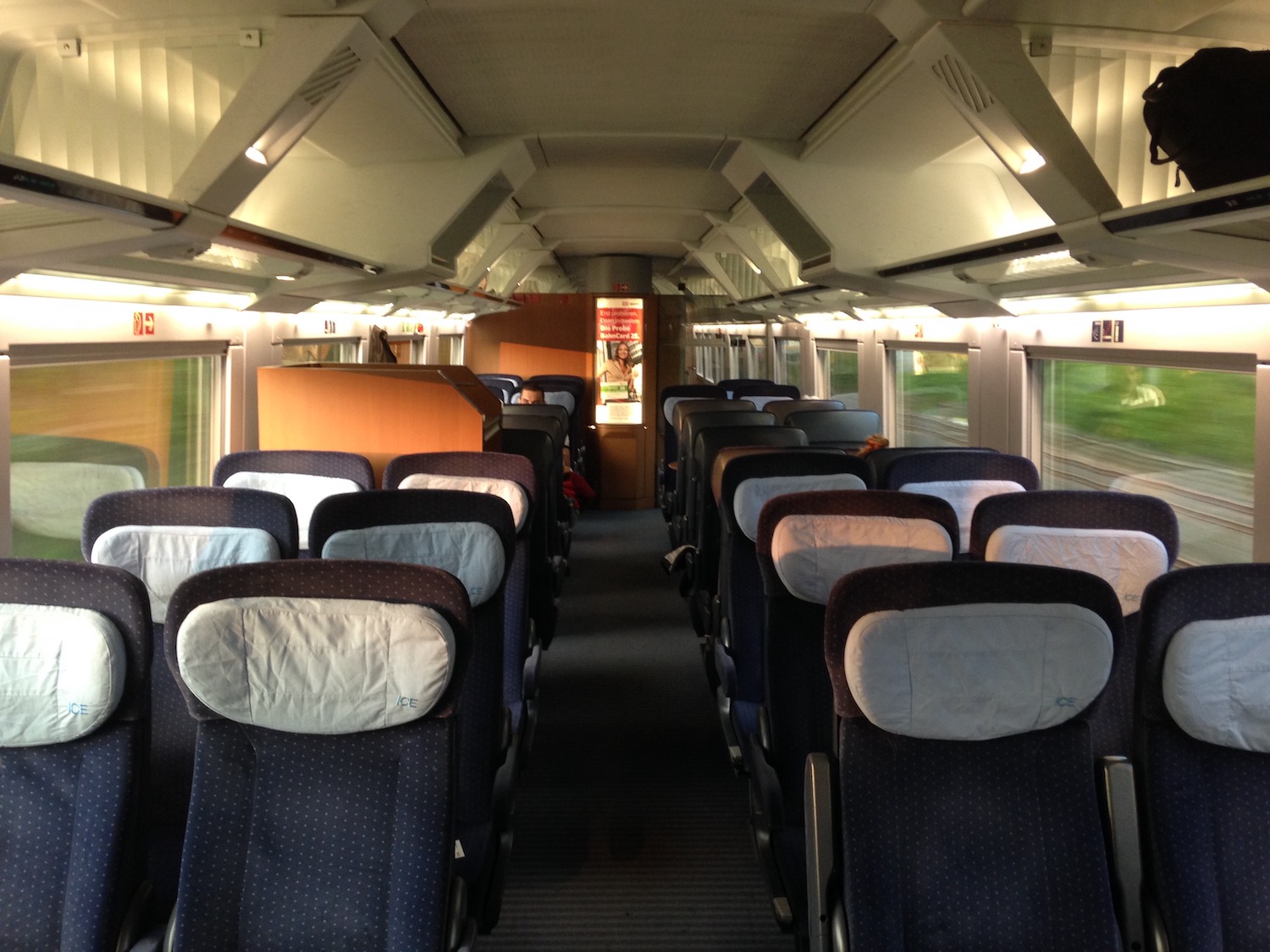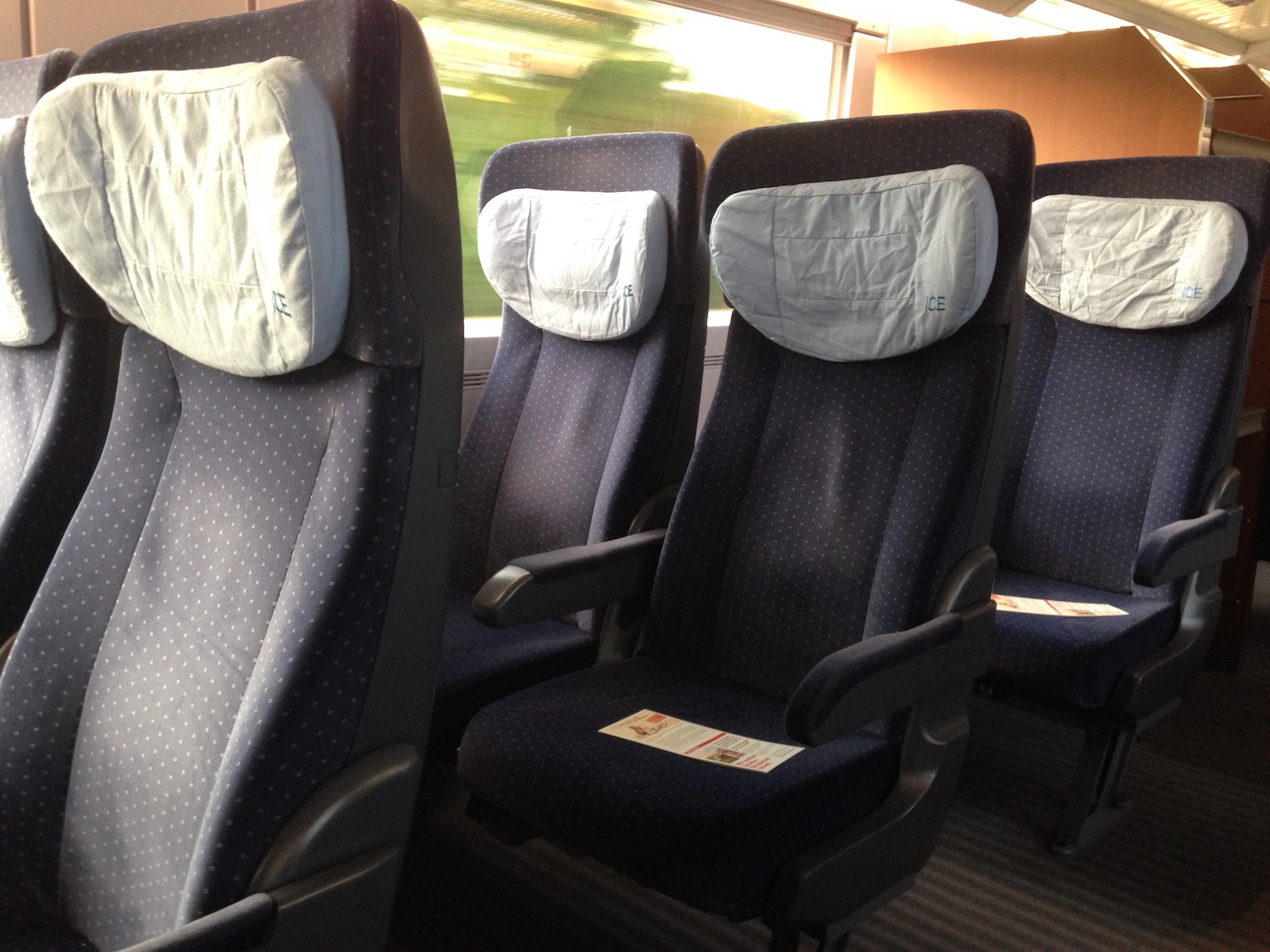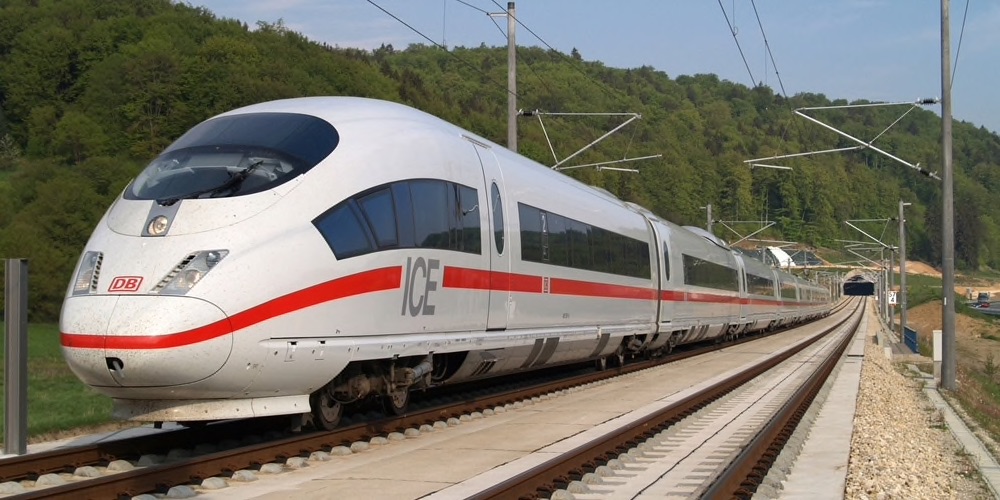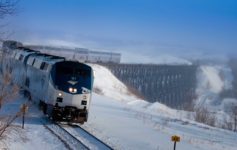Amtrak wants to turn European, which is probably good news for taxpayers and bad news for customers.
The stereotype of the western European rail network is efficient, punctual, cheap, and fast. I’ll certainly agree to the efficient and fast part, but I’ve lived long enough in Germany to know that the myth of perpetual punctuality is simply not true. And prices for rail tickets are not always cheap, especially at the last minute.
Nevertheless, I love trains in Europe and find them generally clean, quiet…and uncomfortable.


It’s that uncomfortable part I want to underscore in this post.
One thing Amtrak has going for it right now is that its trains have very comfortable seats. Granted, these are dated seats and probably represent an inefficient use of space.
But unless you are traveling on a “night train” with sleepers, a 5-6 hour European journey in second class is going to leave you quite uncomfortable. Meanwhile, expect a comfortable seat akin to a domestic first class airline seat, on Amtrak.
That all may be about to change.
Brian Sumers of Skift recently caught up with Amtrak CEO Richard Anderson, Delta’s former CEO. Anderson shared of plans to bring “modern European” technology to Amtrak.
We are in the midst of a significant RFP to bring modern European train set technology to short-haul intercity markets – 300 to 400 miles in the U.S. – so that we can offer a service that’s reliable and modern and is consistent with travelers’ experiences around the world on modern passenger railroads.
Sounds good, doesn’t? But it sounds like you are going to lose your comfortable seats on these trains.

I love German rail cars, but it seems to me that is not the problem. Wi-Fi can easily be (and is) added to these trains. Train compartments and their exteriors can be kept clean. The issue is speed and efficiency. Amtrak still shares railroad lines with freight locomotives and often has to pull over and wait for them to pass. That won’t change.
Even though that is not the exclusive culprit for Amtrak’s inefficiency and common delays, it is a huge issue that seems far less prevalent in western Europe.
CONCLUSION
I want Amtrak to succeed. I’d love to see it profitable. Thus, I’m in favor of the acquisition of European rail cars by Amtrak. But I just don’t see how this will make for a better train experience for consumers if they continue to encounter the same delays, only now in more uncomfortable seats.
> Read More: Amtrak Faces A Daunting Dilemma
> Review: Amtrak Coast Starlight Superliner Bedroom Los Angeles To Portland
> Review: Amtrak Empire Builder (Superliner Bedroom)





What happened to rail travel from Santa Fe to Denver? Now one must first travel to Chicago to reach either destination on Amtrak.
DB’s punctuality in 2018 was around 75%.
World’s most punctual airlines are between 85-90%. Hawaiian Airlines is there but overall DB is pretty similar to the major US airlines.
For example SNCF in France and NMBS/SNCB in the Netherlands are more punctual than any of the above. But it’s not really that easy to compare as there are different types of trains and train schedules are really station-to-station and don’t include the slack airline schedules do.
So your concern for punctuality is valid but not really an issue if compared to airlines.
The most modern trains are pretty comfortable as well, way better than modern economy class.
In Europe, Hi-Speed rail has wreaked havoc on domestic air travel by providing cheaper and faster point-to-point service. In Italy, we’ve witnessed a dramatic shift from air to rail in the Milan-Rome segment which was once AZ’s cash-cow. But at what cost? Billions and billions of euros to build a 600 mile-long infrastructure capable of handling 180-mph trains rolling every 20 minutes.
The US has the potential to create such an infrastructure. I’m thinking of NY to Boston or Chicago. LA to SFO or Vegas. Houston to Dallas. But is there the political will?
The high-speed rail project between LA and SF failed miserably. Land owners fighting it. Environmentalists fighting it. Costs spiraling out of control. There is no will for it.
I think you already know the answer to that question. At least for now, there is no political will to spend the money necessary to make rail travel truly competitive.
The privately funded/operated Houston-Dallas one is in the federal approval process. The state legal climate has been quite favorable for the most part, but a lot of the landowners and their counties along the route are fighting it tooth and nail.
Are you aware Houston-Dallas won’t interface with conventional rail? Despite the fact both cities have LRT systems, there will be no cross-platform transfer. In true U.S. fashion, all three stations will be park-and-rides.
I wasn’t aware but as someone who will drive between the two cities next week on the world’s most boring drive with bad traffic on either end, I will gladly take a hyperloop and Uber to and from meetings or public transport and save three hours.
Last year I took the train from NYC to Philadelphia ; shocked at how awful it was: rather grubby, rundown, uncomfortable and not very fast. The experience was saved by the opportunity for a long chat with a conductor; he’d been working the trains for 35 or 40 years. The experience was vastly inferior to anything in Europe.
I’d like to hope that if Anderson saw densification as key to making Amtrak profitable then it would have been a part of the current refresh that Amtrak’s cars are getting.
The biggest problem I think Amtrak has is the car. For example when my brother was stationed at Seymour Johnson AFB I looked seriously at taking the train from DC to visit him vs driving. The problem was that even if it ran on time it took longer and cost more than driving. A big part of that of course is Amtrak having to share the rails with freight trains something that doesn’t happen in Europe.
Also for many trips in Europe distances are shorter making High speed Rail competitive in terms of trip time. For example the Acela at 3 hours DC to NY is competitive in terms of total journey time with flying. And much more reliable schedule wise. But if you look at DC-BOS at 6 hours by train the plane leaps ahead.
So what Amtrak generally is in the US (outside the NE corridor) is something you do to save money or something you do for the experience and comfort factor. So if they remove the comfort factor I suspect it would have a very negative affect on ridership. Right now if I wanted to take the family to NY I’d strongly consider taking Amtrak mainly for the comfort and experience. But if they turn Amtrak into something like the LIRR with very dense seating I’d never get on.
High speed rail in the US is a non-starter unless there’s some sort of carbon tax far beyond what’s ever been proposed.
Look a journey like London-Marseilles, about 1000 km, roughly equivalent to NY to Chicago. The carbon emissions for flying are about 311 kilos per person. For rail, the emissions are 36 kilos per person. Canadians recently proposed a carbon tax that would be C$10/metric ton. If we just ran with that to a US$10/metric ton tax, we’d essentially see that as a $3.11 tax on a NY-Chicago flight, versus rail having a 36¢ tax. That’s not gonna pay for infrastructure. But if we looked at a $100/ton tax, all of a sudden, the differential between air and rail grows to $27.50, which multiplied by all the people flying between NY and Chicago, gets to be a lot. For instance, last year, there were 2,362,480 passengers flying between LGA and ORD. Discounting the people flying out of JFK, EWR, or MDW, that’s a potential $65 million a year, just for that route, and a high speed train between NY and Chicago wouldn’t just take passengers from LGA-ORD. It’d also grab passengers from Buffalo, Cleveland, Toledo, etc.
Honestly, it really doesn’t make purely economic sense, but if we ever really decide to limit carbon emissions, it might.
It is not a bad thing, and perhaps a very good thing, that the US rail system is currently focused on freight and not passengers. Imagine if our highways had 3x the number of trucks on them because long-haul passenger traffic was the focus. And all that diesel fuel use!
Yet the investment dollars and use of eminent domain for right-of-way construction is focused on passenger traffic.
The US and Europe have nearly exact reverse usage for passengers and freight. An interesting look at that.
https://ti.org/antiplanner/?p=11847
Amtrak’s seats are not comfortable for one simple reason: a row of two seats has no armrest dividing them. What the hell am I supposed to do with my arm if someone is sitting next to me.
If First Class were on more trains and if it was a modest premium over second class, I’d take the European model.
Cuddle with your seatmate? Amtrak’s primary purpose was originally to bring people together. It’s more about the journey than the destination. What happens on Amtrak stays on Amtrak.
European punctuality? Why not go japanese? Punctual, efficient, comfort!
Is it impossible?
Is it because japanese are overall better person than murican?
The Amtrak CEO invoked the European model, not the Japanese model.
Is Amtrak’s CEO doesn’t know how punctual Japanese train is?
Or is he afraid to issue an apology certificate if Amtrak is late for just 1 minute? (Considering how litigious murican is…)
Cool. You almost make sense.
It is NO failure. It’s 119 miles of safer faster track to major California Valley cities. Ridership is up from just one train a day with 3 cars in 1972 to over a million riders on a fleet of trains.
Most of the cost of the project was removing level grade crossings from the 1880’s.
Much of Richard Anderson’s approach to running Amtrak has been to act like he’s still running Delta, so this is no surprise. The carriage in the last picture looks almost exactly like an airline cabin, right down to the emergency LED strips on the floor and the exit signs on the ceilings.
I took the predecessor of Amtrak, in 1969, from D.C. to Penn Station, non-stop. It took exactly 2.5 hours. The fare then was not more than $10.00. It was far superior, even at that time, to the Eastern Airlines shuttle.